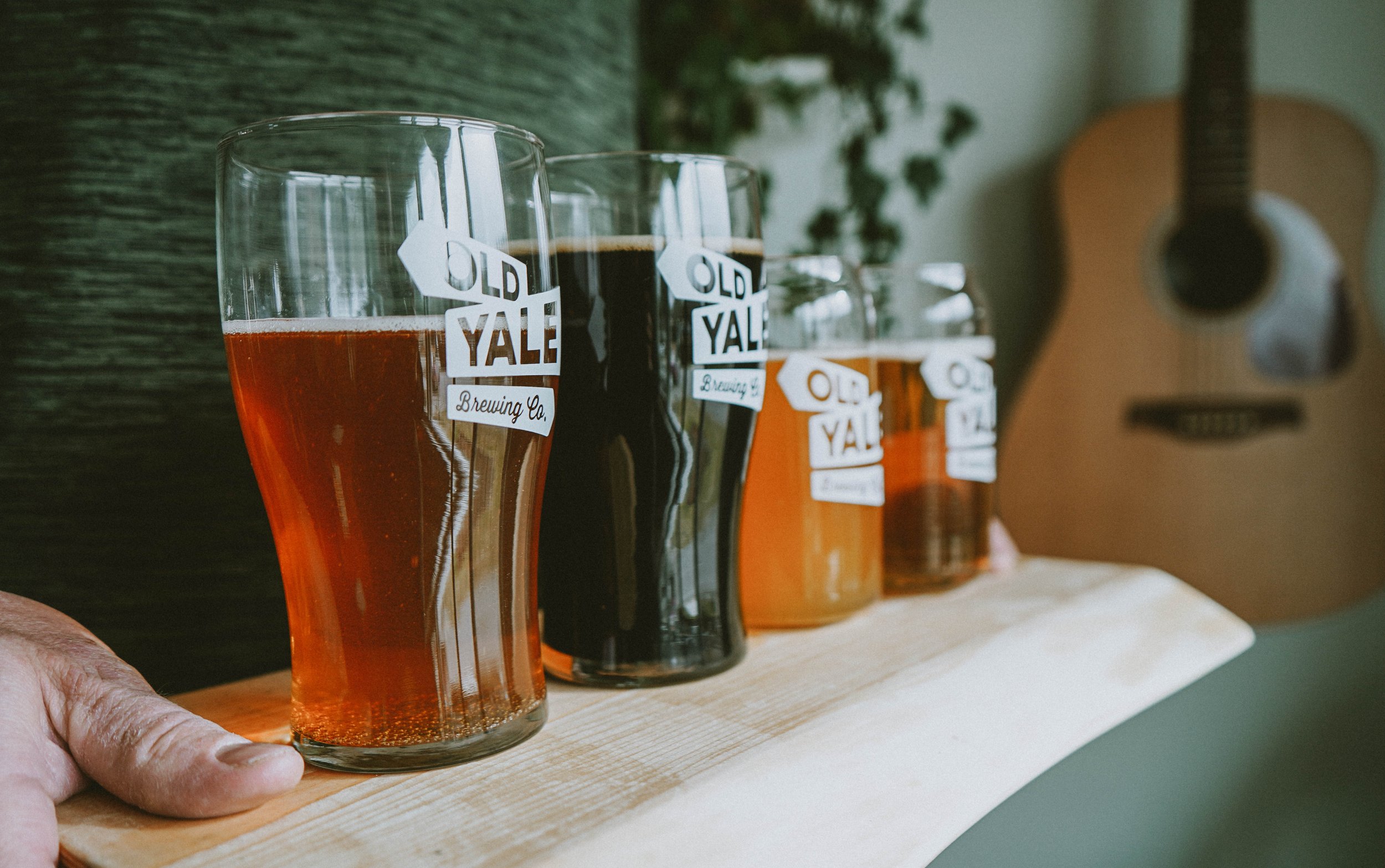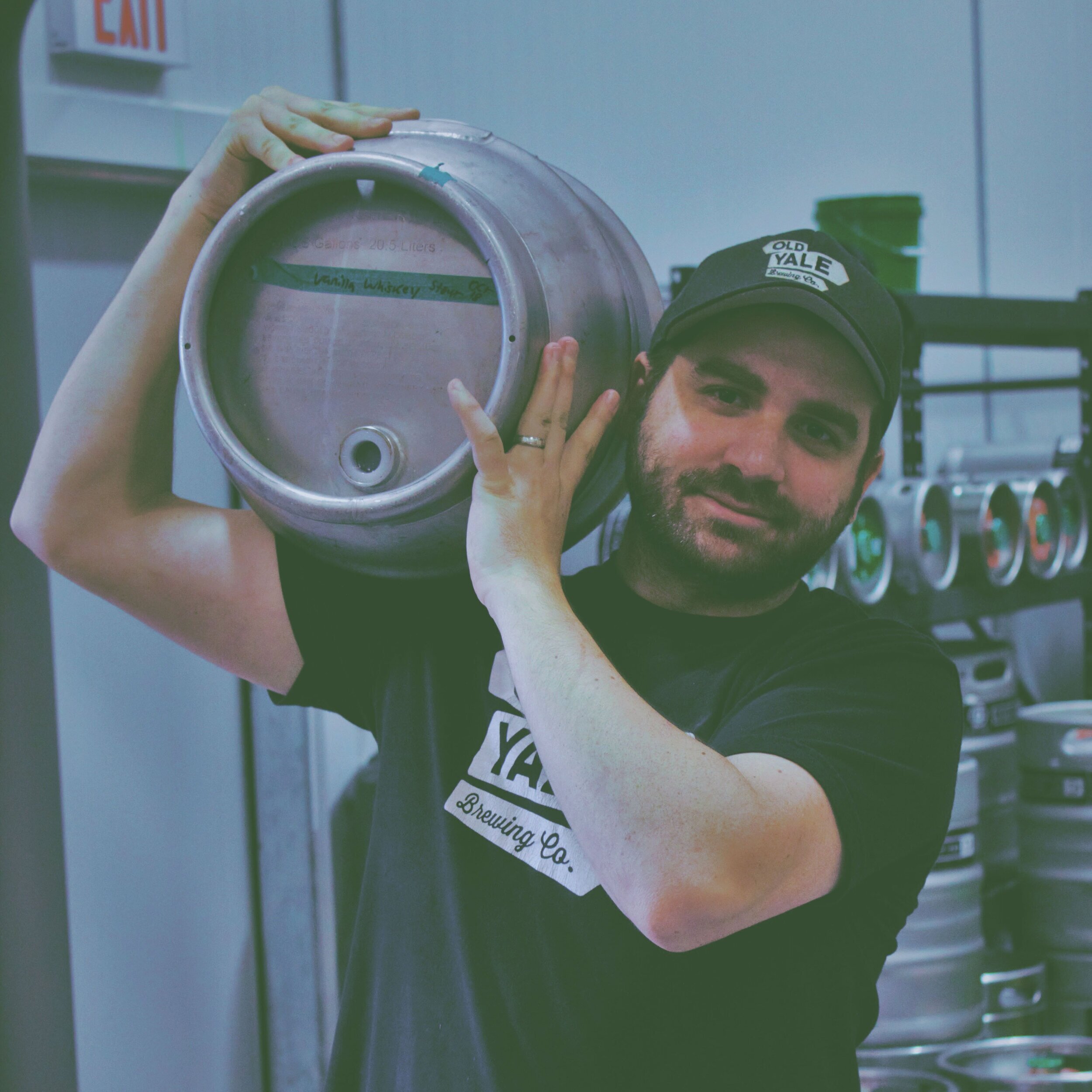Welcome, beer enthusiasts, beer-curious folks, and anyone who's ever wondered why malt sounds like something you’d avoid. Today, we're unraveling the mystery behind malt in brewing, and trust us, it’s worth a read…
Hop Profiles: Because Hops Deserve Standing Ovations (And Maybe a Tiny Crown)
Craft Beer 101: How To Get Delicious Beer On Tap At Home
Summer is almost here, and what better way to enjoy the warm weather than with a cold, refreshing beer on tap in the comfort of your own home? While it may seem like a daunting task, setting up a kegerator for your favorite brews is actually quite simple. With just a few easy steps, you can have fresh, cold beer on tap anytime, all season long. In this guide, we'll show you just how easy it is to set up a kegerator at home, and why it's the perfect addition to your summer entertaining arsenal. So sit back, grab a beer, and let's get started.
Step 1: Find your Kegerator
The first step in setting up a kegerator is to choose the right one. There are a variety of kegerators on the market, ranging from small, compact models to larger, more advanced systems with multiple taps. Consider your needs and budget, as well as the space you have available for the kegerator.
step 2: join the old yale keg exchange program
Did you know that OYB offers a Keg Exchange Program for those that always want amazing, local craft beer at home? That’s right, that means that you can pay a one time deposit that will roll over to each new keg you buy, without having to pay a new deposit every time. Any of our Four Season Beers are available for keg purchases. To get started fill out this form!
Step 3: set up your taps and co2
Once you've selected your kegerator and beer, it's time to install the tap and CO2 system. Follow the manufacturer's instructions carefully, making sure that all connections are secure and the system is properly pressurized. CO2 cannisters can be purchased from any party or supply store.
Step 4: Tap your keg
Put your keg in the kegerator and attach the tap to the keg. The exact steps in this will vary, so refer to your kegerator’s instruction manual for specific instructions. Make sure all of your connections are tight to avoid oxygen getting in your lines.
step 5: pour your beer and enjoy!
All your hard work has paid off, and it is finally time to enjoy your ice cold beer on tap at home! Here are a few Pro Tips to ensure your pint at home is the best it can be:
PRO TIP 1: Put your glass at a 45 degree angle to the tap while pouring, when it is about 2/3rds full, straighten your glass to get a 1 inch head on the top of your beer.
PRO TIP 2: When your keg is first tapped, run the tap for 45-60 seconds to flush the line of any oxygen. It is common that the first few pours of a fresh keg will be very foamy, don’t worry!
PRO TIP 3: Make sure your keg is ice cold and hasn’t been shaken up too much in transportation. If your keg continues to pour foam, allow the keg to sit for 24 hours in the kegerator so it can settle and get nice and cold!
There you have it, friends. We hope this guide has been helpful in showing you just how easy it is to set up a kegerator for Old Yale beer at home. With a little bit of planning and the right equipment, you can enjoy fresh, cold brews all summer long without ever leaving your home. If you have any questions or need further assistance, please don't hesitate to reach out to us at info@oldyalebrewing.com. Our team of experts is always here to help you get the most out of your beer-drinking experience. Cheers to a summer filled with good times and great beer!
Craft Beer 101: Stout vs. Porter
Ever been confused about the difference between a Stout and a Porter? You’re not alone. The line between the two is blurry and it has caused MANY craft beer enthusiasts to debate the difference; is it the mouthfeel, the potency, the flavour? I mean we know what they have in common… they’re both dark, rich and delicious, but it’s hard to come up with a major difference, and we consider ourselves experts in drinking beer! So we turned to the real beer expert, our brewmaster Nick, to figure it out (we need answers!!). And let’s just say, it’s no wonder everyone’s confused! The difference is hard to pinpoint.
The Old Yale Brewing Process
Ever wonder what goes on behind the scenes at Old Yale Brewing in our big ol’ brewery?? Or how that sweet sweet craft beer nectar gets made?? Well, we’ve put together a guide on how it all goes down here at OYB start to finish, so that you can become a craft beer expert AND impress all your friends next time you’re here sipping on a couple of flights…
Craft Beer 101: Let's Dry Hop to it
You’ve probably seen a brew or two boasting the words “dry hopped”. This method is so popular, and for good reason! Dry hopping is known for bringing out the aromas of hops opposed to the perceived bitterness. Depending on the hop variety, think tropical, citrus, berry, floral, pine and minty notes. Delicious, right?
Craft Beer 101: A Guide to IPA Styles
Ohhh the many, MANY different flavours, colours and styles of IPAs. Once craft brewers got their hands on this beloved overly hopped pale ale they started pushing these hops as far as they could go - and we’re not mad about it! The result is 10 IPA variations, each beautiful, unique, and of course, gloriously hoppy.
Craft Beer 101: What is a Crowler?
No, it’s not a typo. A Crowler is a thing. A magnificent thing. By now, most people have heard of a Growler...we think. For anyone who hasn’t, a Growler is a large bottle of sorts that is used to transport craft beer so that you can enjoy it anywhere! Many even boast a collection of them from far and wide. These beautiful vessels have become a part of today’s craft beer culture and have allowed for a fresh craft beer experience straight from the source.
Craft beer 101: West Coast IPA vs. East Coast IPA
Craft Beer 101: What exactly Is a Cask?
If you're a veteran craft beer fan, then chances are you already know what a Cask is... this blog probably isn't for you (unless you're looking for a refresher)... no, this one's for the new craft drinkers or anyone who's seen our #BlastfromtheCask posts on social media and have kind of always wondered what the hell we were talking about. In a nutshell (in case you don't want to read the full blog), Cask Beers are all about adventure. They give us a chance to try something new and fun, and most importantly allow our beloved customers to have an even more unique Old Yale experience. So, if you're intrigued, keep reading to find out what a Cask is and why we love them...
What is a Cask and how is it made?
A Cask conditioned-beer (or real ale) is a beer that has been through a fermentation process twice; the initial or primary fermentation (which all of our Old Yale beers undergo), followed by a secondary fermentation and conditioning process, while no gas is added to a Cask, it has a natural carbonation due to the carbon dioxide that is produced - this provides a creamier head and generally lower-carbonation level than our packaged or draught product.
The secondary fermentation/conditioning process is done in a barrel-like container made of metal (you guessed it...) a Cask!
Once the beer has been through the full brewing process, a portion is transferred into the Cask. Priming sugars and yeast are then added and the secondary fermentation process begins. This is also when additional ingredients are added for taste, flavour and to make it a unique beer experience. The Cask is then sealed and left to condition at cellar temperature for approximately two weeks. Once ready, the Cask is chilled, then tapped and served!
CAMRA - Campaign for Real Ale...
In the early 1970s, an organization called CAMRA (Campaign for Real Ale Society of BC) coined the term 'real ale' for traditional draught Cask beers to distinguish them from processed and highly carbonated beers being promoted by big brewers. The organization is dedicated to the promotion and responsible consumption of natural, crafted beer, just like us at Old Yale Brewing! They're a HUGE part of why we decided to create a weekly Cask program at Old Yale - to celebrate the tradition of Craft Beer while experimenting and of course, having fun!
What can I expect from a Cask Beer?
One of the reasons we love offering Casks at Old Yale is because it gives us a chance to experiment with flavours and styles. Whether we're adding different unique hops to the equation, playing with spices, fruit and teas or just giving our beers the ol' boozy kick it needs, the opportunities are almost endless. Some of our favourite past "Blasts from the Casks" or "Blasts from the Past" if you will, are:
+ Oak Whiskey Porter (7.7%) - our rich, dark & delicious Himalayan Salted Caramel Porter conditioned on Whiskey soaked American Oak.
+ Mojito IPA (7.0%) - Our bold and hoppy West Coast IPA cask conditioned with Mint, Lime and White Rum.
+ Lime Match Blonde (5.0%) - our crisp, clean & straightforward Knotty Blonde Ale with herbal and floral notes from stone-ground Japanese Green Tea, complimented by citrusy, bright Limes.
+ Azacca Lupulin Pale Ale (5.0%) - perfectly balanced and refreshing Off Trail Pale Ale with a citrusy and tropical boost from the Azacca Lupuplin powder.
+ Mango Tequila Sunrise (6.5%) - Our smooth and tropical Moon Dance Mango Wheat conditioned on Orange Peel and White Tequila
Where can I try a Cask beer?
If you’re interested in trying a Cask, you’re in luck! They have become increasingly popular over the past decade and are quite the fan favorite here at Old Yale Brewing. Casks are an excellent way for you to try something different and experiment with beers you already enjoy, while celebrating the traditional side of Craft Beer.
In fact, every Wednesday in our Tasting Room, we tap a one-time only Cask at 2pm. We call it "Blast from the Cask" and it's always a good time. To find out what each week's Cask will be, follow us on Facebook, Instagram and Twitter, we release the Cask info every Monday. Cheers!
Craft Beer 101: What's yeast used for in craft beer?
Craft Beer 101: How long will my growler fill last?
Craft Beer 101: CO2 vs. Nitrogen in Beer
Co2 or Nitro: which would you choose for your next pour of craft beer? Learn the basics of each so you can make an informed decision next time you have the option.
WHAT DOES CO2 DO FOR BEER OTHER THAN FIZZINESS?
CO2 (Carbon Dioxide) is a non-toxic gas that is produced by the yeast during fermentation. It carbonates the beer and makes it fizzy but it also does a few other things:
+ The CO2 reacts in beer to make it more acidic (lowers the pH) and this changes the flavour of the beer. The lower pH makes it a more zippy and less lingering flavour on the palate.
+ The lower pH from the CO2, along with it not being usable for respiration, helps protect beer from bacteria and foreign yeast. This makes it a very clean beverage and helps it last longer on the shelf.
+ The bubbles and foam in beer are because of CO2. The beer itself makes up the liquid bubble wall and the CO2 fills the bubble. Oxygen doesn’t react with the beer the same way so if bubbles are formed that are filled with oxygen they will pop quickly and disappear.
+ CO2 also helps to increase the aroma and flavour of the beer. As CO2 escapes the beer through the bubbles/foam, it takes with it some of the aromas. This helps us smell the amazing aromas in the beer as we drink it and of course most of our taste is based on smell.
WHAT DOES NITROGEN DO FOR BEER COMPARED TO CO2?
Even beer with Nitrogen still has CO2 in it. CO2 is produced by the yeast during fermentation so it is always a part of the beer, but we can also manually add nitrogen later in the process. The nitrogen has a lot of similarities to CO2 in that it forms bubbles and it increases the aroma and flavour. It has some very important differences, though:
+ Nitrogen does not react with beer like CO2 to lower the pH so the beer tastes less acidic than with CO2 and therefore tastes thicker, more full and a little more lingering on the palate.
+ Nitrogen does not want to dissolve into beer as easily as CO2 does and once it is in there it doesn’t want to come back out, and so it reacts differently with the beer and forms much smaller bubbles. This gives the beer a much thicker foam that lasts longer. This is also why nitrogen beers are poured with a special beer font and why special cans and bottles are made for nitrogen beers. These devices force the Nitrogen to come back out of the beer and create the bubbles/foam and help lift the aroma and flavour.
So, there you have it! Which do you think you'll choose next time you have the option - CO2, or Nitro?


















